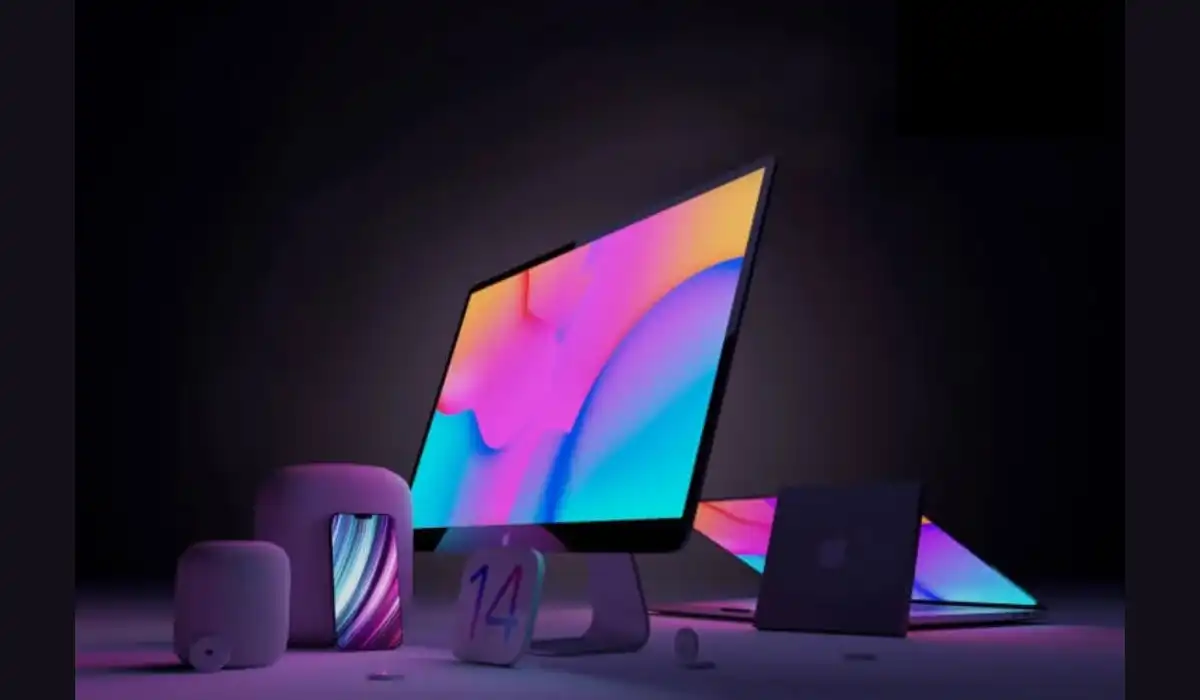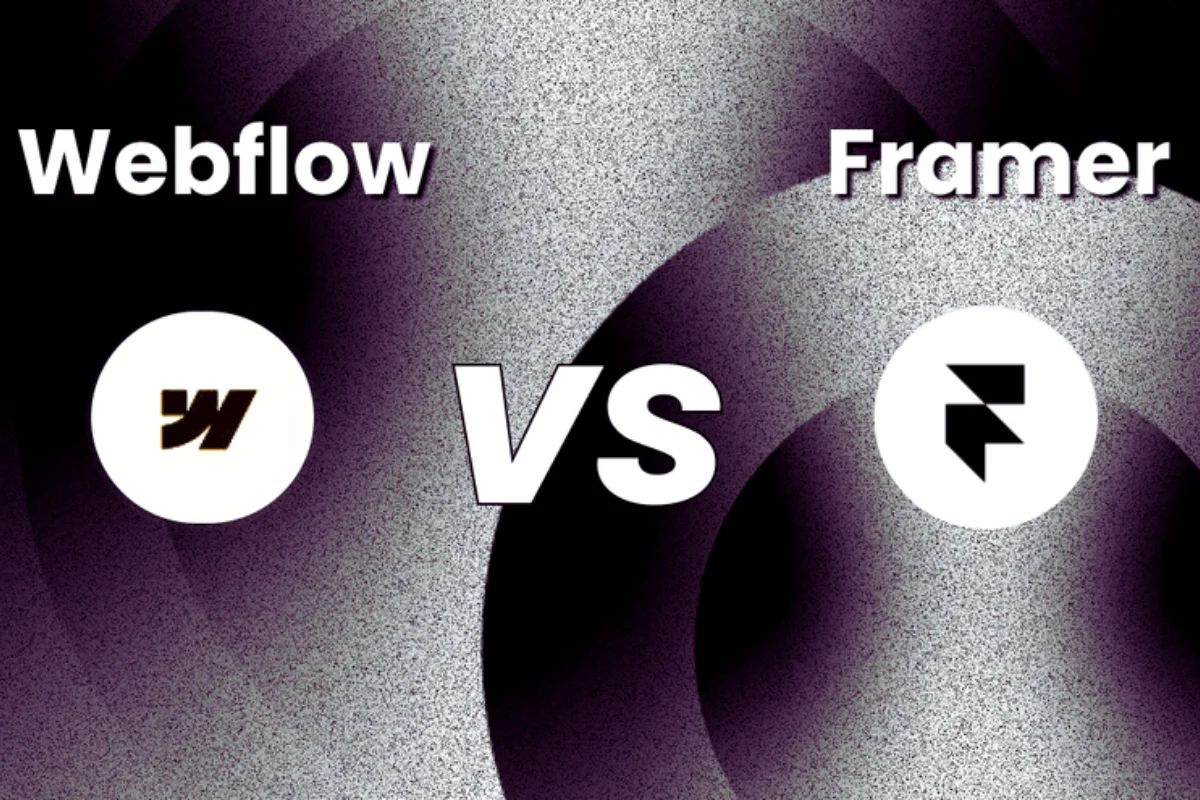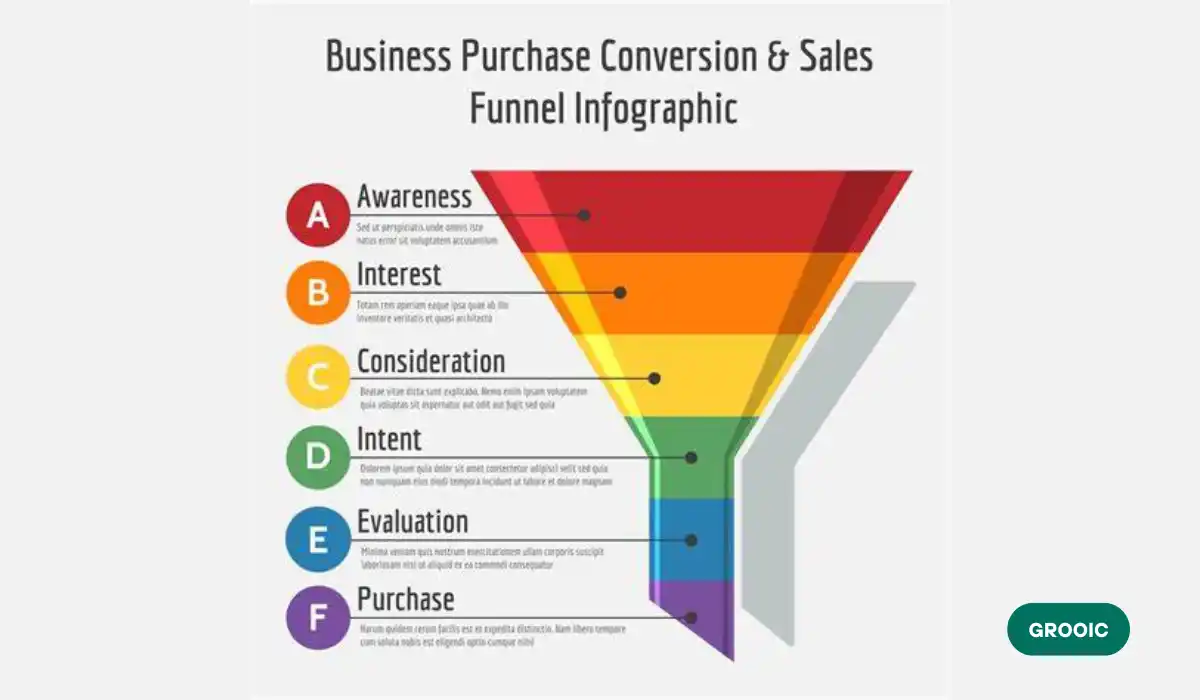Have you ever wondered why Apple products always seem to sell out so quickly? Or, why does Apple use scarcity marketing?
It’s not by accident. Apple uses scarcity marketing to bring demand and build a sense of exclusivity. By limiting availability, they make customers feel like they’re missing out if they don’t buy fast.
Table of Contents
Scarcity Marketing
Scarcity marketers also use a strategy called scarcity marketing, which is based on making things artificial scarce so that people will want them.
It also uses FOMO (fear of missing out) to whip people up into a frenzy and feel as though they have very little time because these goods will go quickly. It is a tactic widely used in different areas, from fashion to technology.
- Scarcity marketing increases urgency and sales.
- It leverages the emotional appeal of exclusivity.
- Overuse can lead to negative customer perceptions.
But there are some problems with limited marketing. Customers may not be happy if they think they were lied to about a product’s availability.
Also, using this approach too much can lessen its effectiveness, making people wary of future promotions. Use interactive content, personalized emails, and social media campaigns to get meaningful connections with your audience that’s what we call Customer Engagement.
| Pros | Cons |
| Drives immediate consumer action | Can create customer frustration |
| Increases perceived product value | Risks consumer skepticism |
| Enhances brand exclusivity | May alienate some customers |
Why Does Apple Use Scarcity Marketing?
That scarcity marketing is a big reason Apple has done so well. This creates demand and fosters brand loyalty. Apple artificially inflates urgency and scarcity by constraining purchasing to a limited number of people.
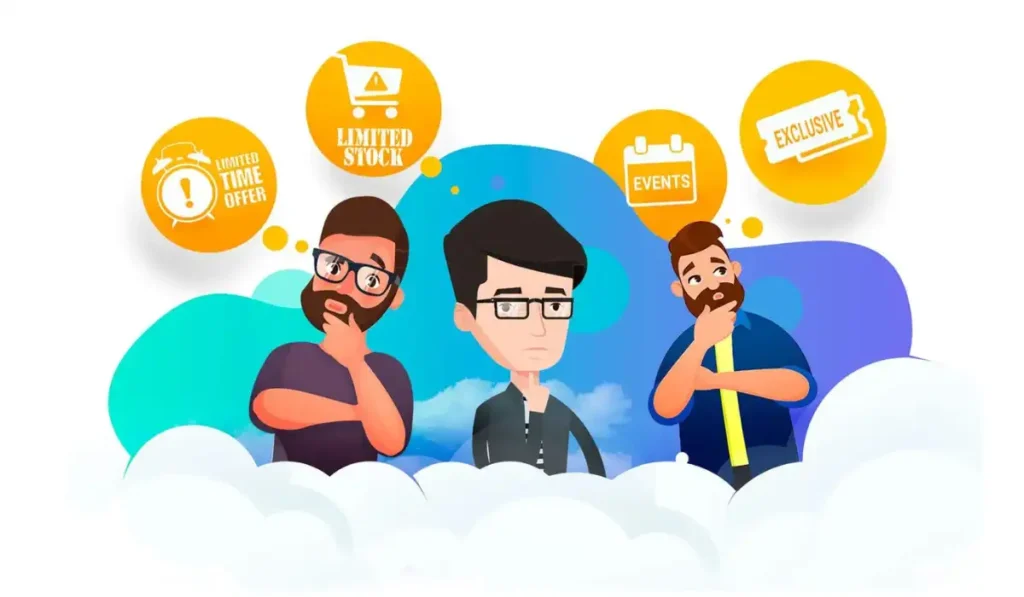
It serves to make customers in this way stand out from their mates with the latest and greatest gadgets placed center field which is likely what they’d prefer not long after opening the box.
- Scarcity marketing boosts sales and brand loyalty.
- It creates a unique customer experience.
- However, it can backfire if customers feel excluded.
Prioritize personalized experiences, responsive support, and timely resolutions to build trust and improve customer satisfaction.
| Pros | Cons |
| Creates urgency and excitement | May frustrate potential customers |
| Enhances perceived product value | Risks alienating loyal customers |
| Increases brand exclusivity | Limited availability can lead to disappointment |
How Does Apple Use Scarcity?
Scarcity is a key part of Apple’s marketing plan, and it works well. Apple gets people excited about new products by saying they only have a limited number of them in stock.
This often causes long lines outside of Apple shops. This method gets people excited about new products and makes them feel like they are a part of a special event.
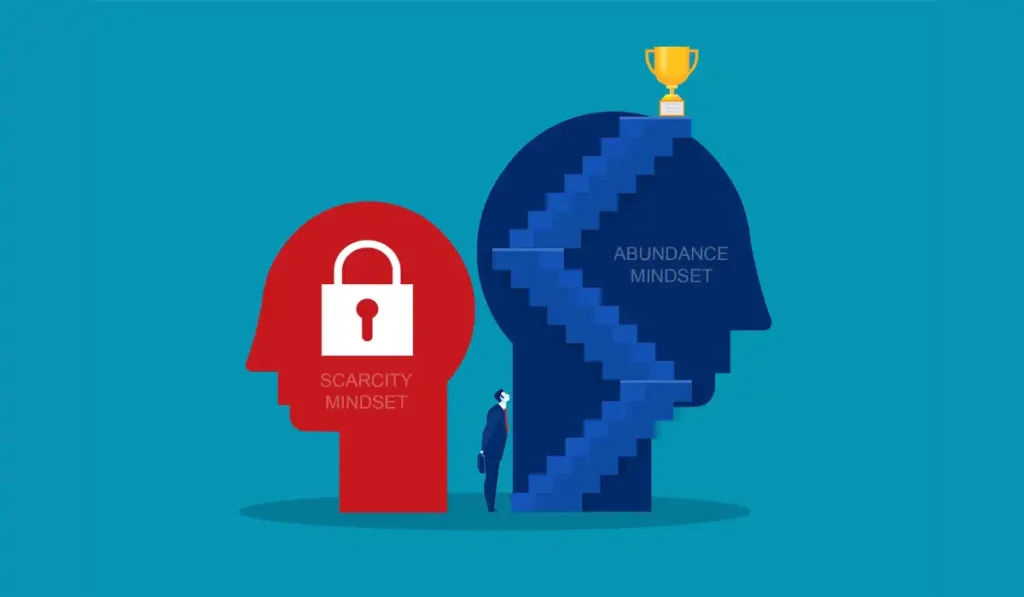
- Apple’s scarcity strategy enhances consumer engagement.
- Limited stock creates excitement and urgency.
- Excessive scarcity can drive customers away.
It not only leads to immediate sales, it creates brand-loyal customers. Optimize product pages with clear CTAs, fast load times, and social proof to encourage visitors to complete their purchases.
| Pros | Cons |
| Creates excitement around product launches | May lead to customer frustration |
| Encourages quick purchasing decisions | Risks alienating loyal customers |
| Reinforces brand exclusivity | Can diminish perceived brand value over time |
How Does Scarcity Affect Consumers?
Customers are powerfully affected by scarcity: what they can buy and how purchase decisions get made undergo significant shifts due to such simple factors as whether something is framed as a loss or gain.
When we believe a product is scarce, we feel more pressured to purchase it instantly. The urgency is created from a feeling of missing out (FOMO), people are in a hurry to purchase it before it outsold.
On the other hand, lack can also create a perception of value since people assume that Items difficult to achieve must be more precious or one time.
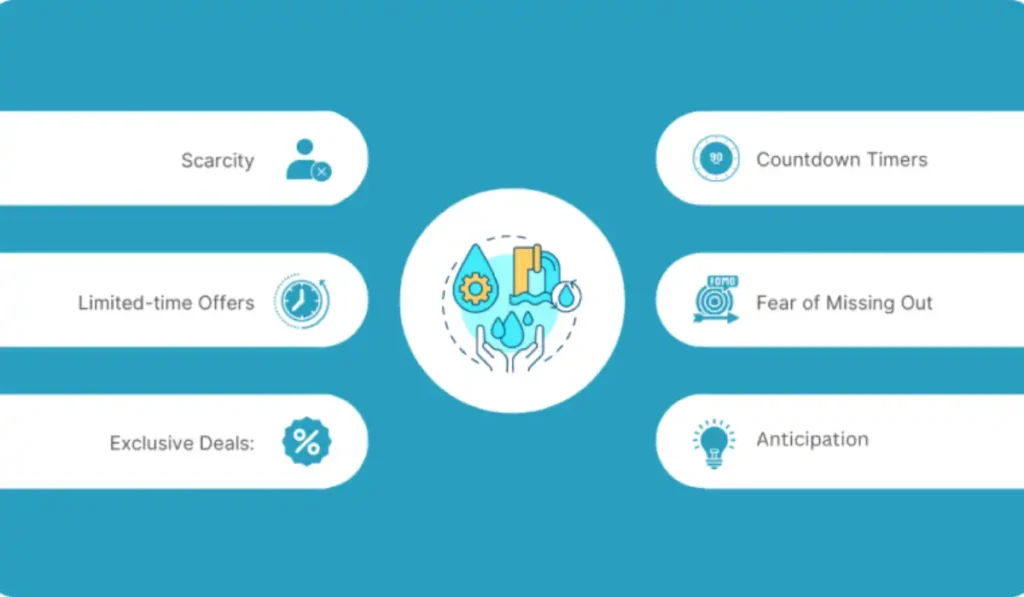
Items that are restricted make faithful customers feel like they belong to a special club. Ensure high-quality product images, detailed descriptions, and easy checkout processes to improve the online shopping experience these are some E-commerce Product Best Practices.
| Pros | Cons |
| Increases urgency | Can lead to frustration |
| Enhances perceived value | May damage brand trust |
| Boosts impulse purchases | Risk of alienating customers |
| Encourages brand loyalty | Can result in negative reviews |
| Creates a sense of exclusivity | Potential for buyer’s remorse |
| Drives higher demand | Sustainability concerns |
To sum up, scarcity marketing can be a strong way to change people’s behavior, but it needs to be used carefully to keep people satisfied and trusting.
Key Points
- Scarcity increases urgency among consumers.
- It enhances the perceived value of products.
- Scarcity can lead to impulse buying.
- Overuse of scarcity can frustrate customers.
- It can strengthen brand loyalty.
- Trust in the brand is essential for successful scarcity marketing.
Businesses Who Have Used Scarcity Marketing Strategies

Nike
Marketing Strategies
- Limited Edition Releases: Nike frequently launches limited edition sneakers, creating hurry among collectors.
- Flash Sales: Nike occasionally holds flash sales on select products for quick purchasing decisions.
- Exclusive Collaborations: Working with famous designers or celebrities to make limited edition items raises the value that people think they have.
- Countdown Timers: Putting countdown timers on their website makes things seem more urgent, which makes people want to act quickly.
- Social Media Hype: Nike uses social media to get people excited about new products before they come out.
Supreme
Marketing Strategies
- Drop Culture: Supreme releases small amounts of goods at random times, which is called a “drop.”
- Collaborations: Working with names like Louis Vuitton makes products seem more special and draws attention to those that are not available everywhere.
- In-Store Exclusives: Items that can only be bought in-store cause a rush and bring people to stores.
- Limited Time Offers: Supreme often has limited-time sales to get people to buy right away.
- Strong Community Engagement: Supreme builds a strong fan group by interacting with its followers on social media.
Apple
Marketing Strategies
- Product Launch Events: Apple creates excitement around fresh products by holding exclusive launch events that make them feel rare.
- Limited Availability: When new goods first come out, they are often hard to get, which makes people want to buy them even more.
- Pre-order Options: When people place pre-orders, Apple can see how much demand there is and build excitement among customers.
- Seasonal Promotions: Apple sometimes has special sales with limited-time deals.
- Exclusive Features: Some goods have special features or are limited editions, which make them seem more valuable.
Tesla
Marketing Strategies
- Pre-orders for New Models: Tesla helps customers to place pre-orders for upcoming models, creating a hurry to buy.
- Limited Production Runs: The company produces vehicles in limited quantities, making each model feel exclusive.
- Online Reservations: Using an online reservation system for new models boosts engagement and hurry to buy.
- Unique Configurations: Customizable vehicle options in limited colors or features increases hurry for exclusivity.
- Waitlist Strategy: A waitlist for certain models generates buzz and hurry.
Groupon
Marketing Strategies
- Daily Deals: Groupon has limited-time daily deals, consumers can purchase before the offer expires.
- Exclusive Promotions: Collaborating with local businesses for exclusive deals creates hurry among users.
- Countdown Timers: Showing countdown timers for deals increases hurry to buy fast.
- Limited Quantity Offers: Highlighting limited quantities available for popular deals creates a sense of scarcity.
- Email Marketing: Using targeted email campaigns to alert subscribers about upcoming limited deals brings engagement.
Amazon
Marketing Strategies
- Lightning Deals: Amazon offers limited-time Lightning Deals, allowing customers to buy quickly to secure discounts.
- Scarcity Messaging: Using phrases like “Only X left in stock” increases hurry and quicker purchasing decisions.
- Exclusive Prime Offers: Amazon Prime members receive access to exclusive deals.
- Seasonal Sales: Running limited-time seasonal sales creates a hurry and brings traffic to their platform.
- Flash Sales: Having flash sales on popular items increases demand and pushes people to buy them right away.
Analytical Data
| Company | Strategy Type | Consumer Response | Sales Increase % | Engagement Level | Time to Purchase Decision (avg) |
| Nike | Limited Edition Releases | High anticipation and demand | 20-30% | Very High | 1-2 days |
| Supreme | Drop Culture | Creates buzz and exclusivity | 30-50% | Extremely High | Minutes |
| Apple | Product Launch Events | Significant media coverage | 15-25% | High | 2-3 days |
| Tesla | Pre-orders for New Models | Strong consumer interest | 25-40% | High | 1-3 weeks |
| Groupon | Daily Deals | Immediate purchase urgency | 20-35% | Medium | Hours |
| Amazon | Lightning Deals | Rapid purchase decisions | 10-15% | High | Minutes |
Pros and Cons of Scarcity Marketing
| Pros | Cons |
| Creates urgency and encourages quick purchases | Can frustrate consumers if they miss out |
| Enhances perceived value and exclusivity | Overuse can lead to consumer skepticism |
| Drives brand loyalty and community engagement | Risk of negative publicity if perceived as manipulative |
| Increases sales during promotional periods | May result in buyer’s remorse |
| Generates buzz and anticipation around products | Sustainability concerns in certain markets |
The Scarcity Principle Applies To
The scarcity principle influences several features of consumer behavior and mentality as well as marketing strategies.
At its most basic, it means that people value things they think are limited. This is particularly prevalent in fields such as retail (with its limited-time deals or exclusive merchandise that could significantly bump sales).
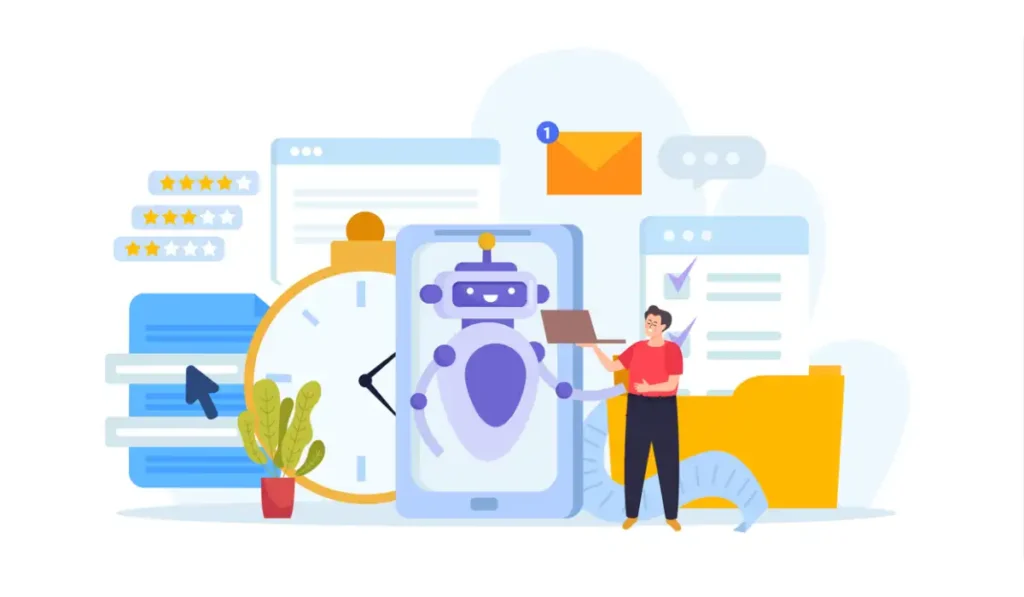
Implement A/B testing and data analysis to optimize campaigns, improve user experience, and increase revenue per visitor and we can figure out which is working the best using CRO Marketing.
| Pros | Cons |
| Increases consumer urgency | Risk of consumer skepticism |
| Enhances perceived product value | Potential for backlash |
| Drives faster purchasing decisions | Overuse may reduce the effectiveness |
| Encourages exclusivity | Overuse may reduce effectiveness |
| Fosters brand loyalty | Trust issues may arise |
| Can boost marketing success | Sustainability concerns |
Key Points
- Scarcity drives urgency in purchasing decisions.
- It applies widely in retail and online sales.
- Limited-time offers effectively use the principle.
- The principle can enhance product value perception.
- Manipulative tactics can damage consumer trust.
- Balancing scarcity and transparency is essential.
Scarcity Theory
According to the theory of scarcity, people are forced into making choices if they do not have enough resources. This influences both their choices and those of people broadly in the economy on several levels.
In economics, the concept of scarcity is crucial. This signifies that means are scarce yet the demands and wants of people are virtually infinite.
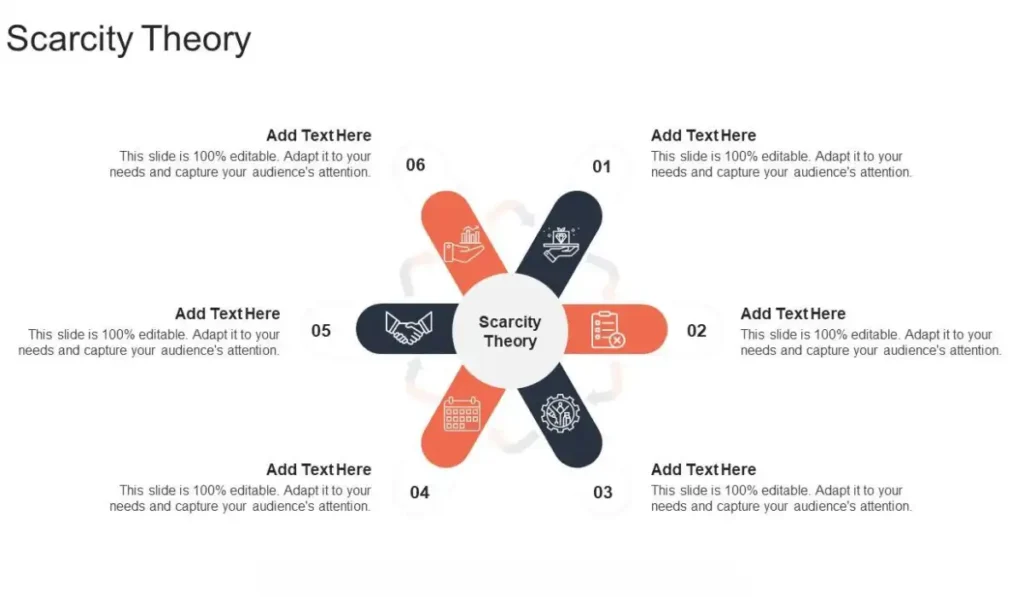
Buyer behavior absence makes the heart grow fonder. The harder a product is to get, the more useful certain people might think it is likely to increase demand for this. Introduce loyalty programs, gamification and exclusive offers to participation and encourage repeat interactions, and these all are Customer Engagement Ideas.
Fundamentally, scarcity theory helps us understand how people act by showing us the balance between having limited resources and wanting everything.
| Pros | Cons |
| Motivates efficient decision-making | May lead to hasty choices |
| Increases product value perception | Can cause buyer’s remorse |
| Drives demand for scarce items | Risk of over-purchasing |
| Encourages resource allocation | Can foster frustration |
| Useful in marketing strategies | Limited resource sustainability |
| Enhances brand exclusivity | Potential ethical concerns |
Key Points
- Scarcity theory highlights limited resources and unlimited wants.
- It drives demand for scarce products.
- Consumers may make hasty decisions based on scarcity.
- Scarcity can increase the perceived value of products.
- The theory applies to marketing and economics.
- Ethical considerations are important in applying scarcity.
Scarcity Marketing Examples
All that is to say, when you have something hard to get and worth wanting (a great product or service), use scarcity marketing to play people in the door. For instance, flash offers stimulate FOMO with exclusive sales running out fast.
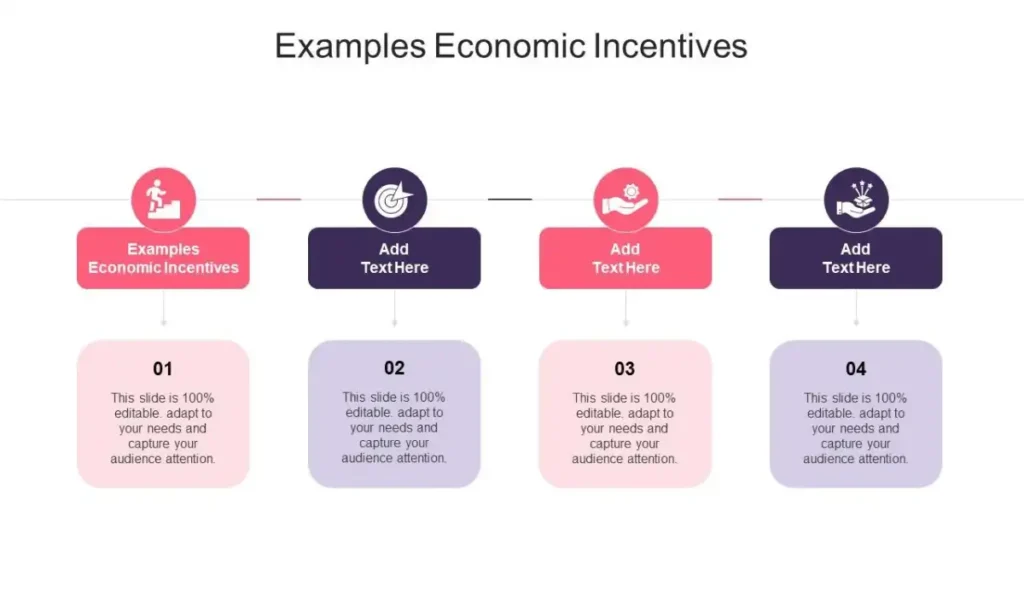
For example, when brands drop things that are super limited and only become available in small amounts. This makes them even rarer.
| Pros | Cons |
| Creates urgency | Risk of consumer frustration |
| Enhances perceived exclusivity | Can damage brand trust |
| Drives quick purchasing decisions | May lead to buyer’s remorse |
| Generates buzz around products | Overuse can dilute effectiveness |
| Fosters customer loyalty | Can create sustainability issues |
| Encourages repeat purchases | Requires careful management |
However, brands need to be smart about how they use scarcity marketing. If you use this approach too much, it can make customers angry and hurt their trust in your brand. A well-done scarcity campaign can get people talking and excited, which can lead to sales and a loyal customer base.
Key Points
- Flash sales create urgency and prompt quick purchases.
- Limited-edition releases enhance product exclusivity.
- Retailers like Nike successfully use scarcity marketing.
- Scarcity can lead to frustration if overused.
- Airlines use scarcity to fill seats quickly.
- A balanced approach is crucial for long-term success.
At The End
Apple’s use of “scarcity marketing” is a business move that takes advantage of the way people think and act. They produce a sense of hurry that generates demand and builds brand loyalty by limiting the number of products that can be bought.
This method not only increases sales, but also improves Apple’s image as a leader in new technology and high-end products. Apple’s long-term success has been built on scarcity marketing.
FAQs
Why does Apple limit the availability of its products?
Apple limits the number of products that can be bought to make people feel like they need to act quickly and buy them. This makes the goods seem more valuable and exclusive because they are hard to get. So, customers are pushed to act quickly so they do not miss out.
How does Apple benefit from scarcity marketing?
Apple uses “scarcity marketing” to increase demand and get people excited about new products. It gets people more involved with the brand, makes them more loyal to it, and helps the company keep its high prices by making its goods seem more desirable.
Does scarcity marketing increase Apple’s sales?
Yes, when a new product comes out or there is a special offer, rarity marketing often helps sales go up. Fear of missing out (FOMO) makes people want to buy right away, which lowers the chance that they will quit their purchases.
Why does Apple offer limited editions or pre-order options?
Apple can see how much demand there is for its products by offering limited versions and pre-orders. This approach guarantees a successful launch and makes people want to get the newest product even more.
Can scarcity marketing backfire for Apple?
Yes, using scarcity too much in marketing could make customers angry if they keep running out of stock. If customers feel rushed into buying something, it could also lead to bad press or buyer’s regret.

